The latest design trend combines the serene minimalism of Japanese aesthetics with the cozy functionality of Scandinavian design. Dubbed "Japandi," this style is known for its ambiance, elegance, and sustainability. It’s a fresh twist on minimalism. Here's what makes Japandi style unique--and how you can make it your own.
What is the Japandi Design Style?
Japandi blends Japanese and Scandinavian design philosophies. In a way, this blend makes perfect sense, as these aesthetics already have some things in common. It combines the functionality and warmth of Scandinavian interiors with the clean lines and tranquility of Japanese aesthetics.
Elements of Japandi Style:
- Natural Materials: Real materials like wood, bamboo, stone, and linen are essential. Earthenware, ceramics, and metals like iron or brass are also perfect with this style.
- Neutral Color Palette.Keep the color scheme subdued with tones inspired by nature, such as soft whites, dusky grays, earthy browns, and muted greens.
- Functional Minimalism.Streamline your space and focus on essential furniture pieces. Declutter unnecessary items—visual noise ruins this look. Each element within a space should serve a purpose, so keep your decorative objects sparing and impactful.
- Wabi-Sabi Aesthetic.Embrace imperfection with the Japanese concept of wabi-sabi. Incorporate handmade ceramics, weathered textures, and imperfect finishes to add character and charm to your décor.
- Light and Airy Spaces: Maximize natural light and create an open, airy atmosphere by opting for sheer curtains, strategically placed mirrors, and minimal window treatments. This enhances the sense of spaciousness and light, which is important for both Japanese and Scandinavian design.
- Sustainability:Conscious consumption is an inherent part of minimalism, in both Scandi and Japanese design. Repurposed items, upcycled and vintage furniture, and thrifted finds can all be incorporated flawlessly into this décor style.
- Handmade Goods: Scandi and Japanese cultures each prize handmade and artisanal goods. From woodworking to textiles, handmade crafts are distinctive components to the Japandi look.
Japandi Style, Hygge, and Wabi-Sabi
If you're familiar with Scandi style, you've probably heard of the Danish word hygge. It has no direct translation but refers to a cozy look and feel. This emphasis on comfort stems from the long, dark winters experienced in Scandinavia. It’s achieved through candles and other warm lighting, cozy blankets and cushions, and plush area rugs.
Wabi Sabi, on the other hand, is a core component found in many forms of Japanese art and design. It's the celebration of impermanence. As scholar Richard Powell writes, Wabi Sabi acknowledges that "nothing lasts, nothing is finished, and nothing is perfect." This celebration of flawed beauty is found in ceramics, natural materials, Zen gardens, and flower arrangements.
How to Decorate Japandi:
Furniture: Choose low-profile, minimalist furniture with clean lines and natural finishes. Look for pieces that are functional first.

Textiles: Introduce softness and warmth with cozy textiles like wool rugs, cotton throws, and linen curtains. Stick to simple, geometric patterns or solid colors—busy prints aren’t a major part of this aesthetic.

Décor Accents: Select carefully curated décor accents. Bonsai trees, paper lanterns, ceramic vases, and sleek Scandinavian lighting fixtures all add visual interest.

Indoor Greenery: Bring a touch of nature indoors with houseplants like bamboo, succulents, and peace lilies.

Multifunctional Spaces: Since this is an aesthetic where less is more, get pieces that do double-duty to maximize the functionality of each space. Usesliding doors, modular furniture, and clever storage solutions to maximize space and efficiency in smaller living environments.

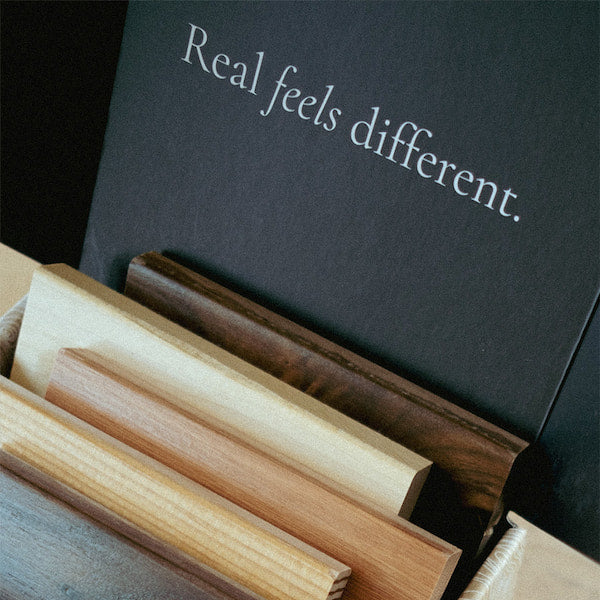
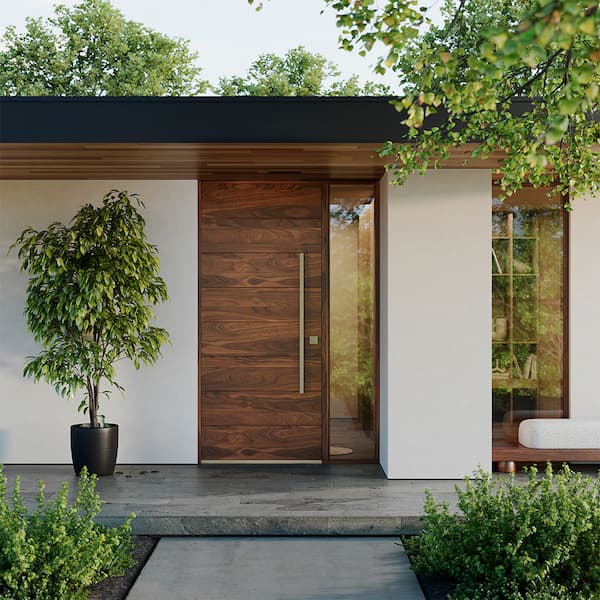


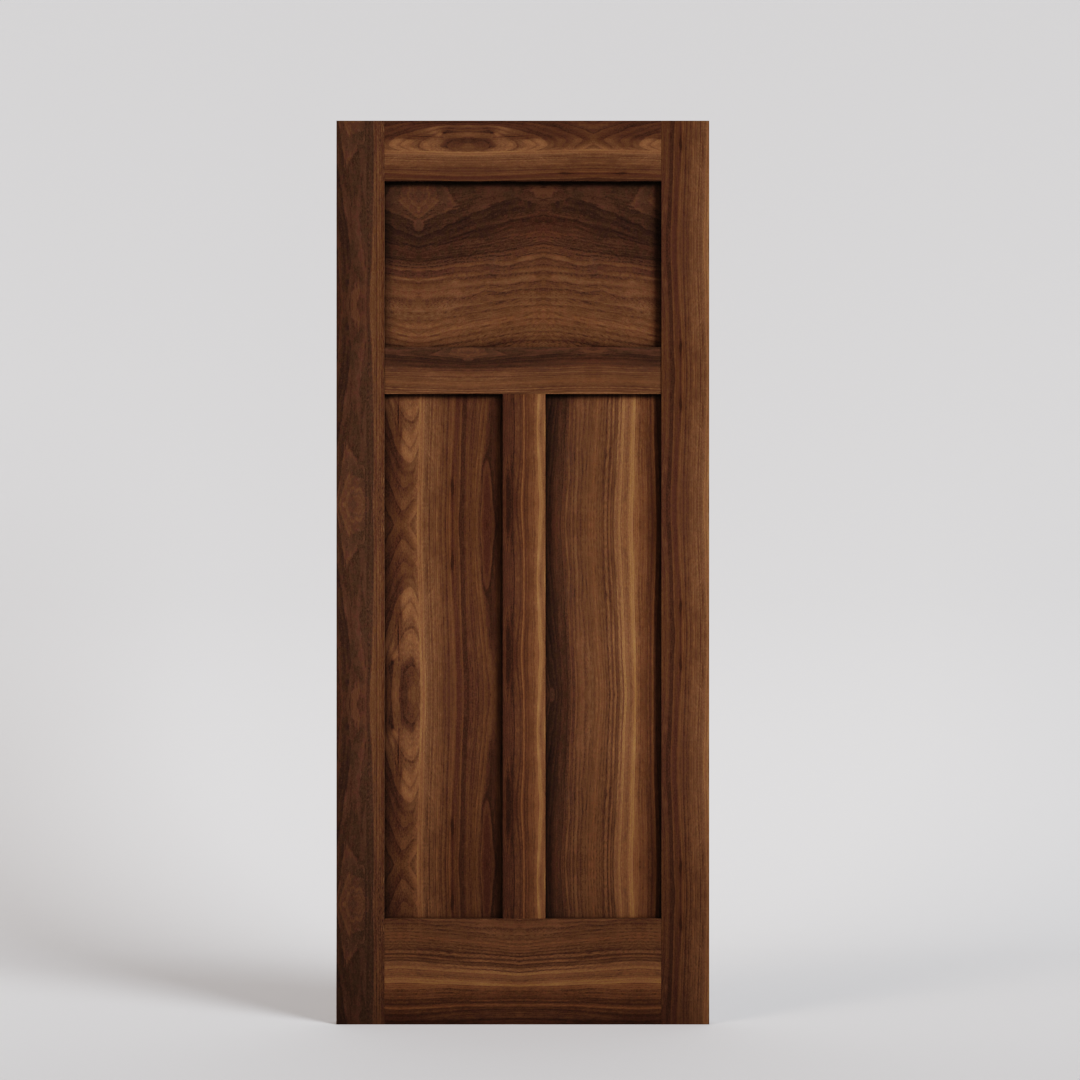
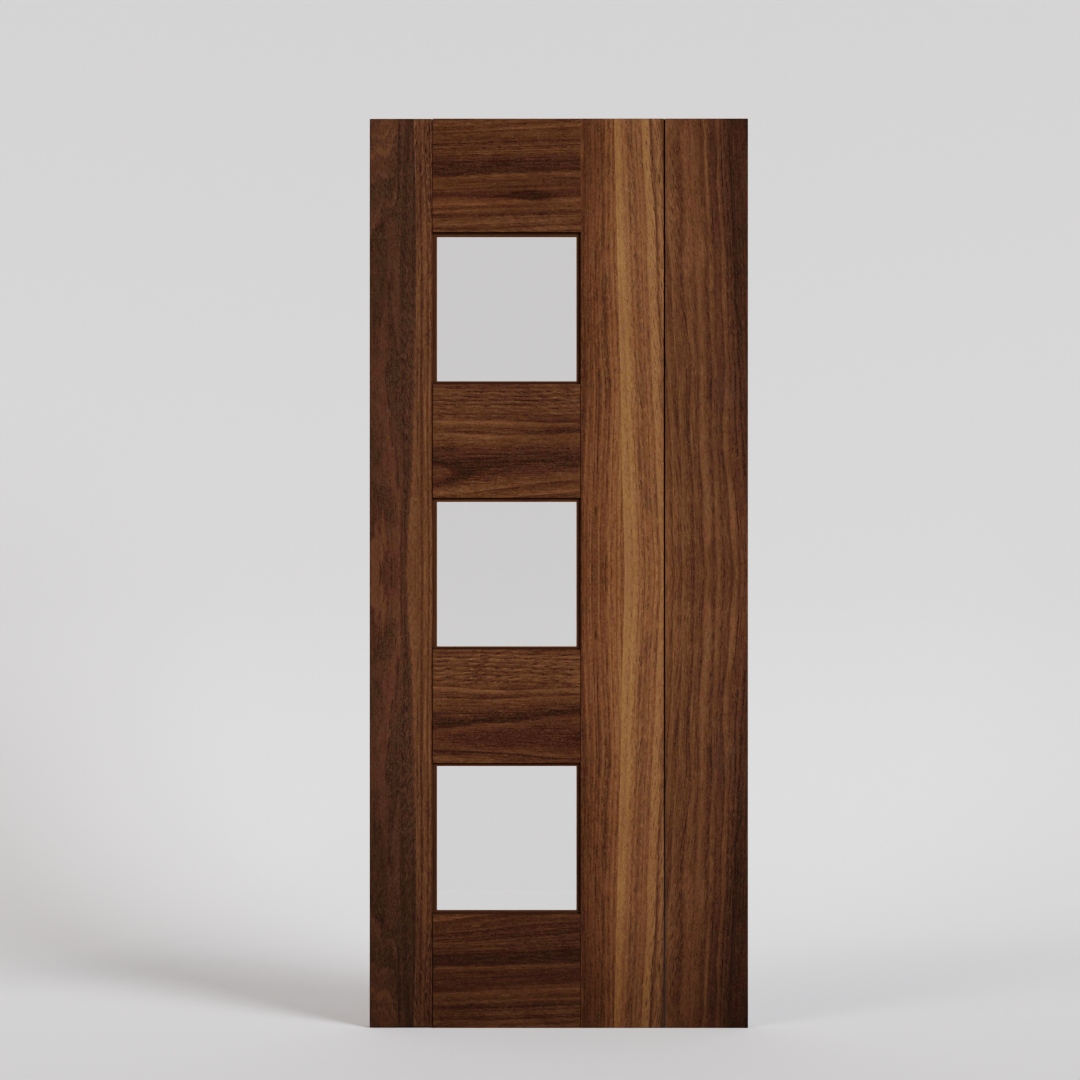
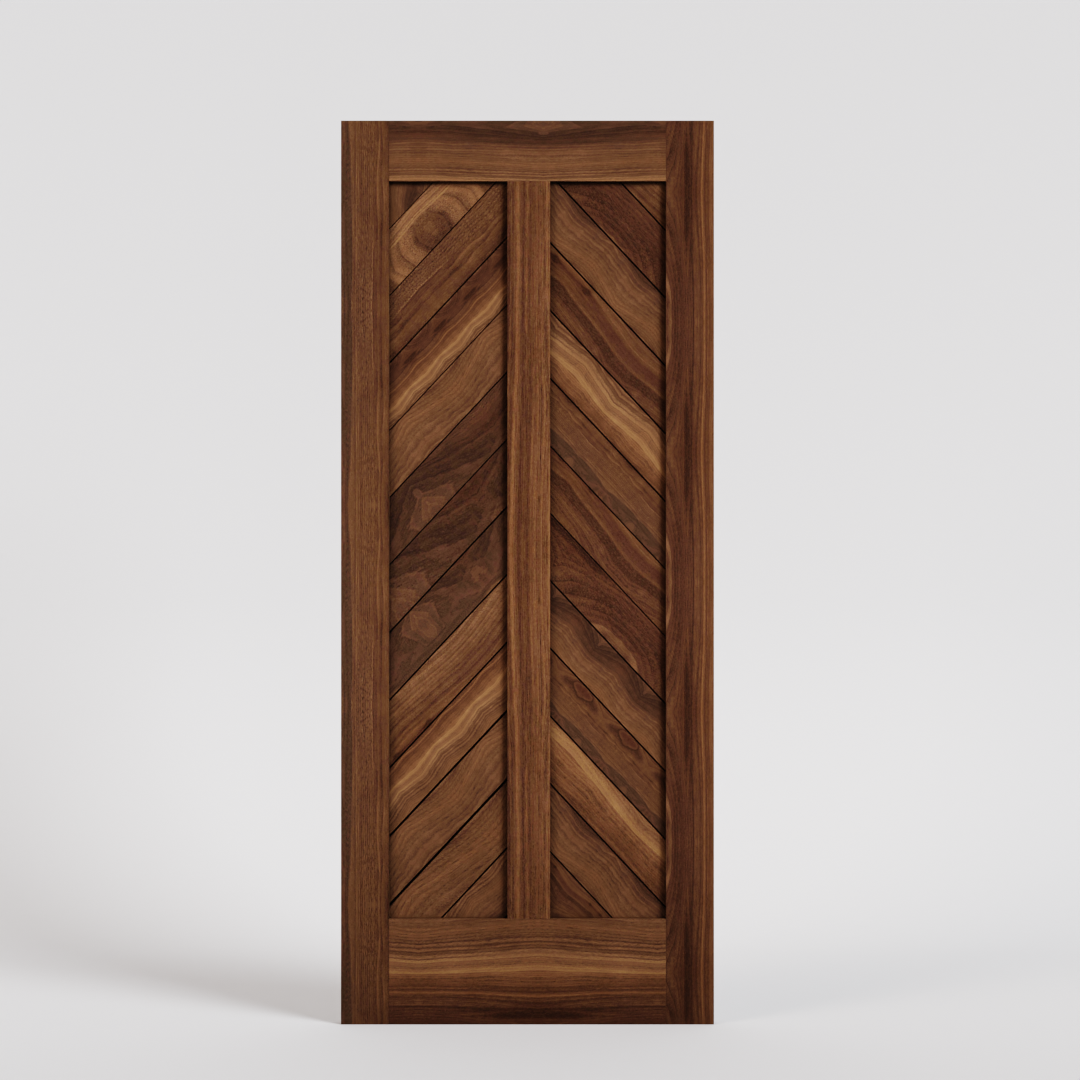
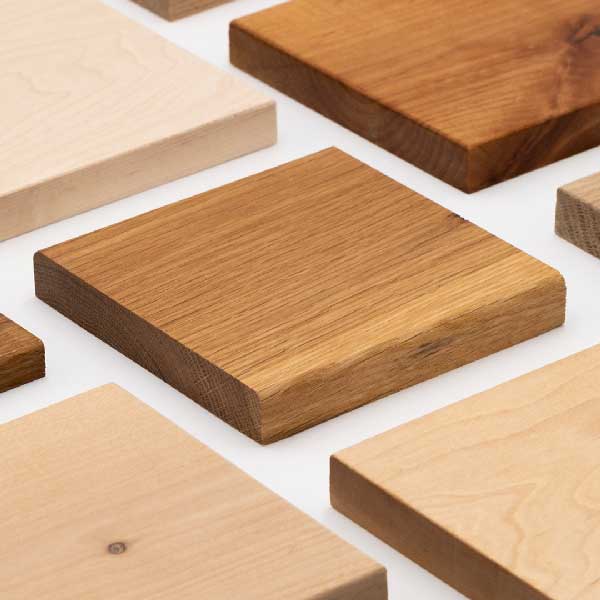

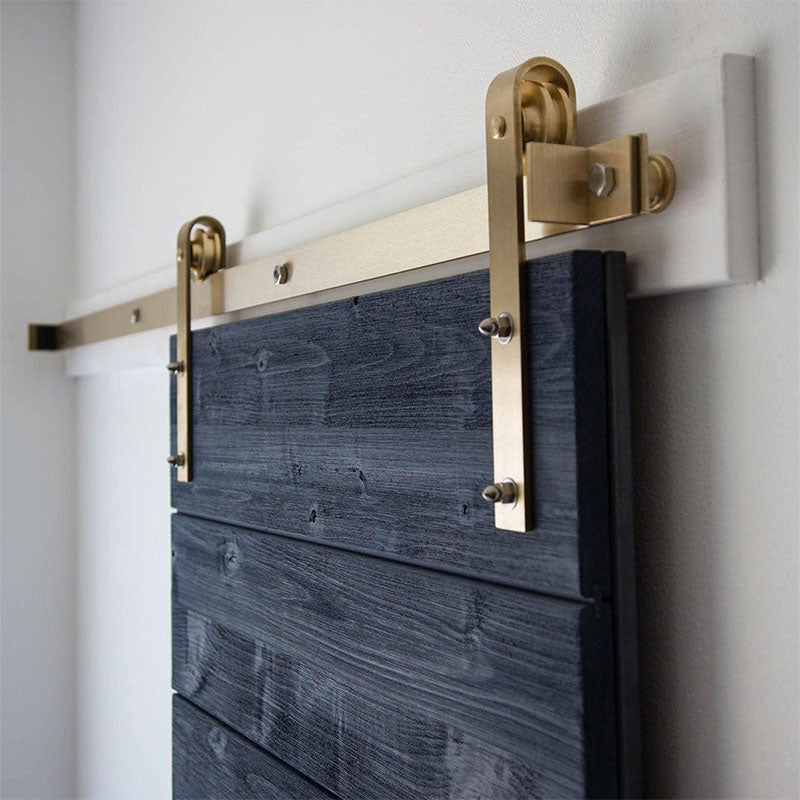
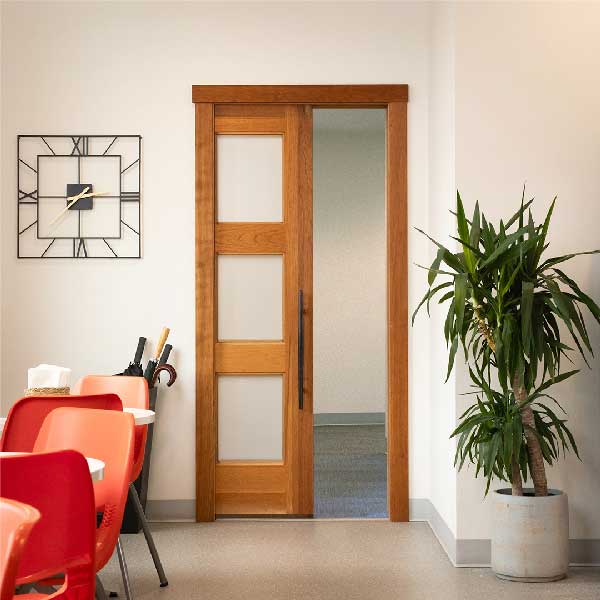
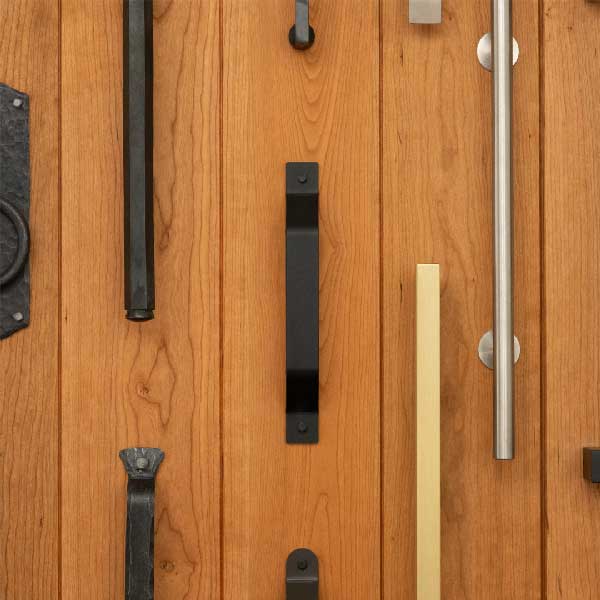
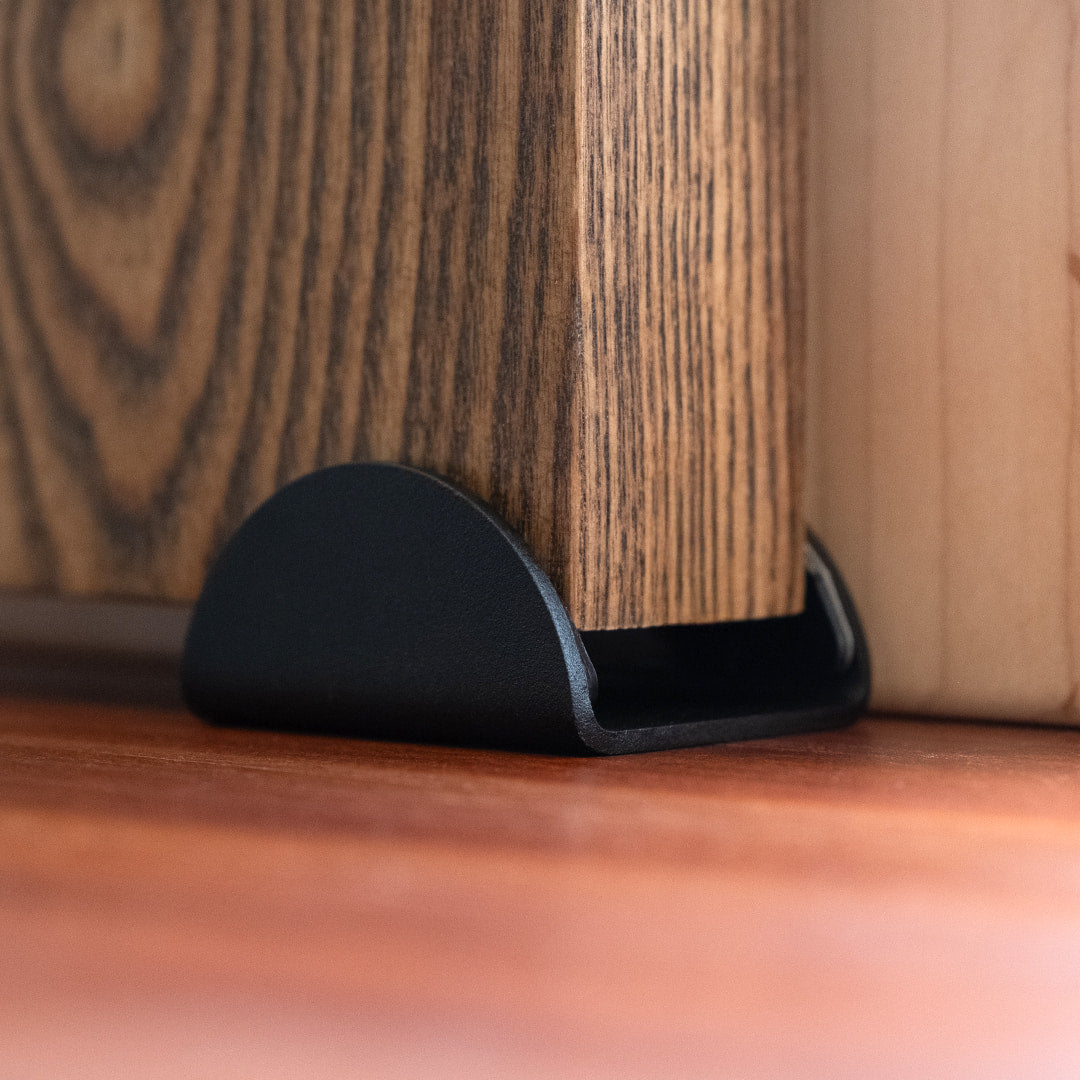
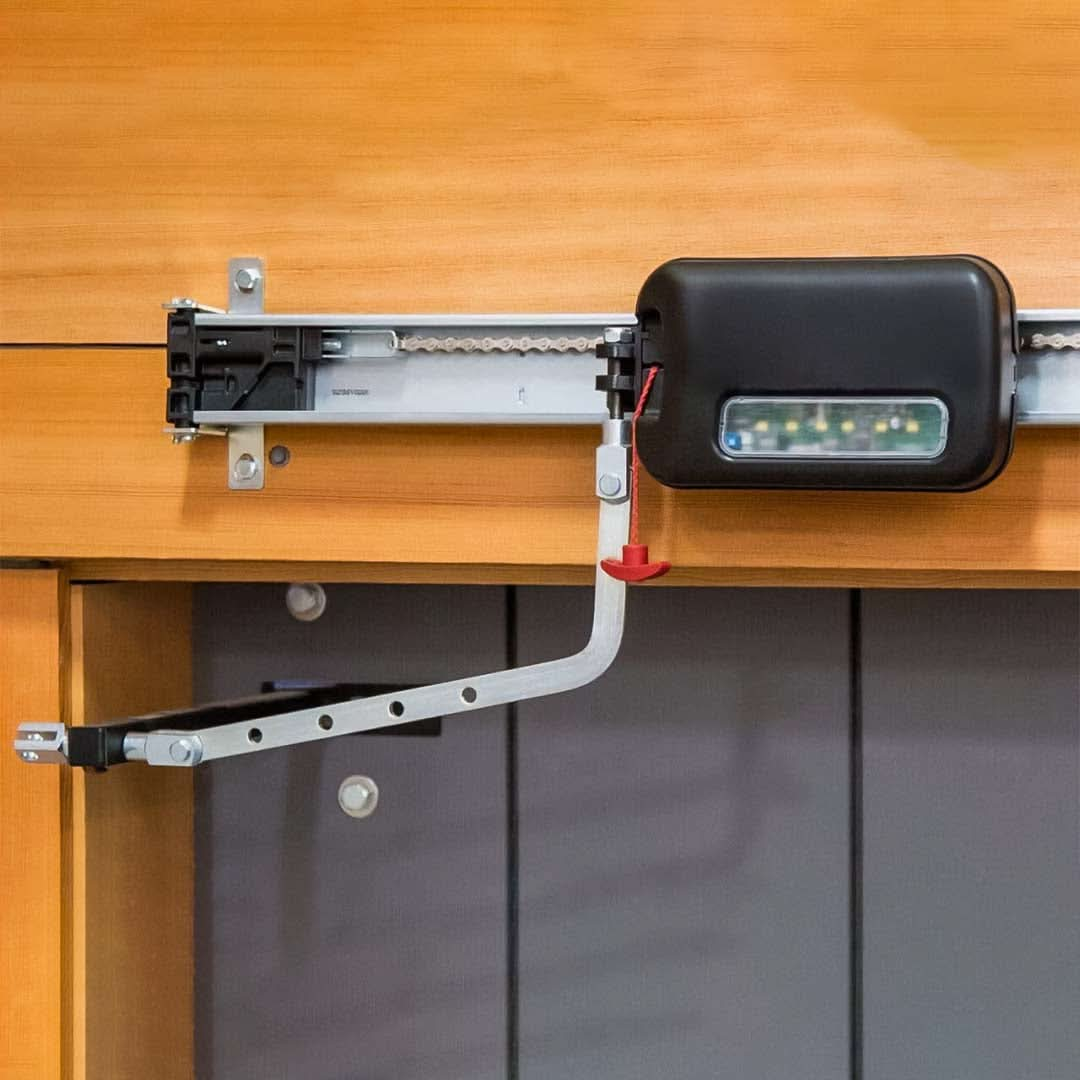


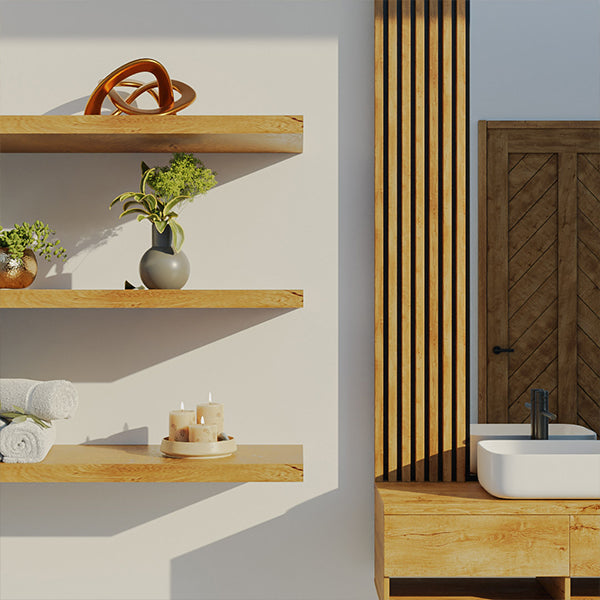



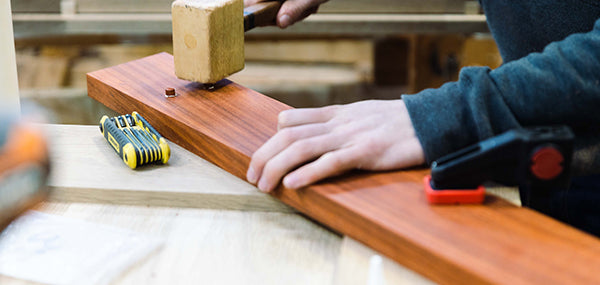

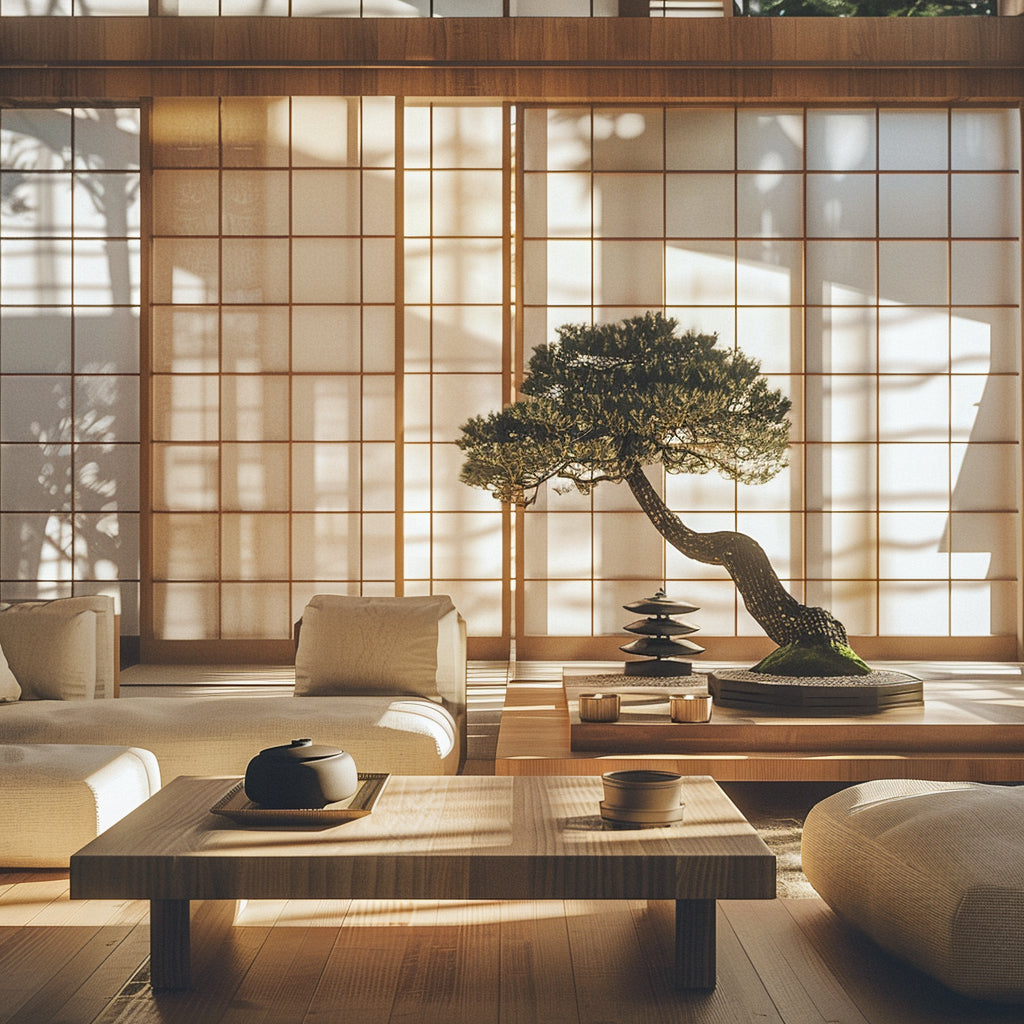
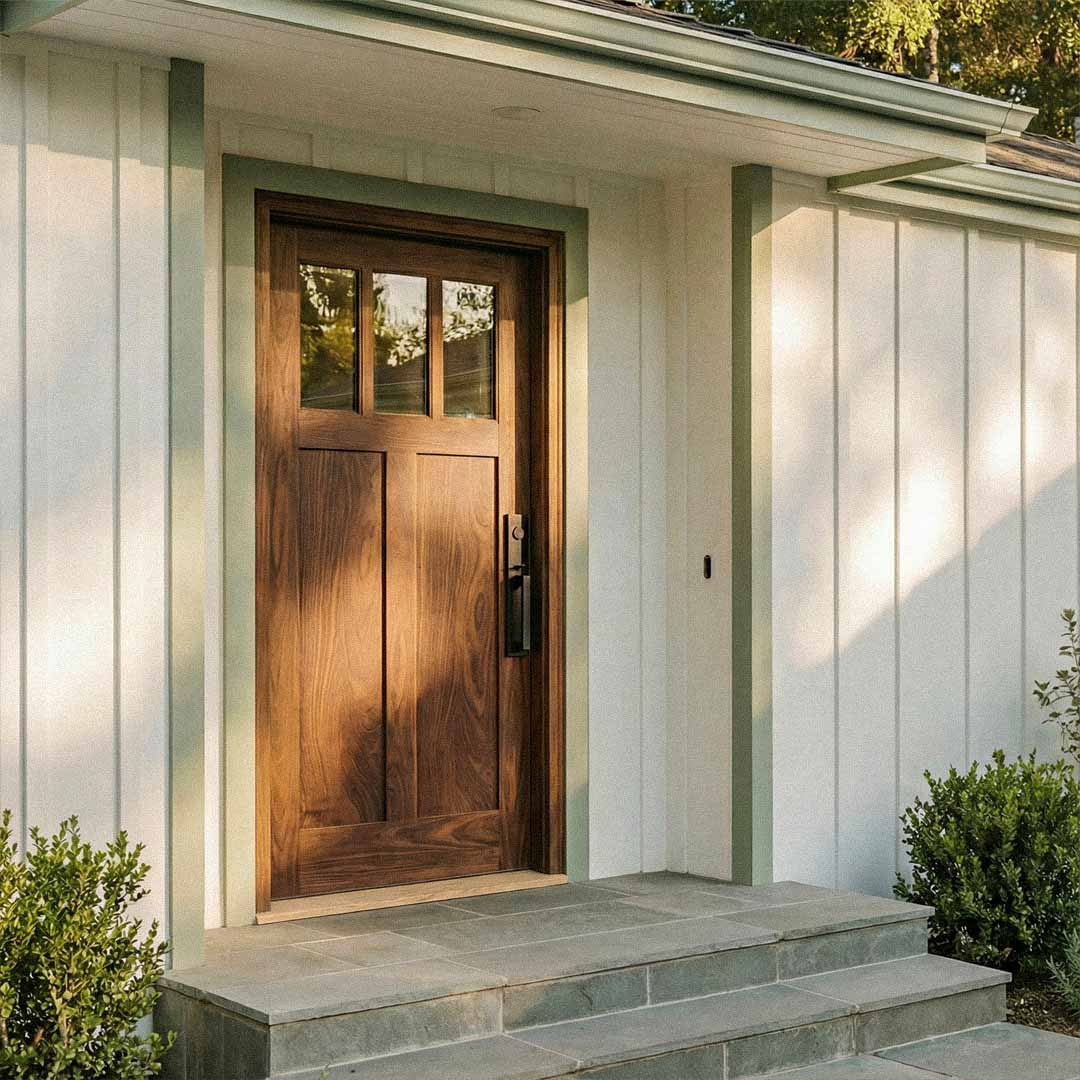
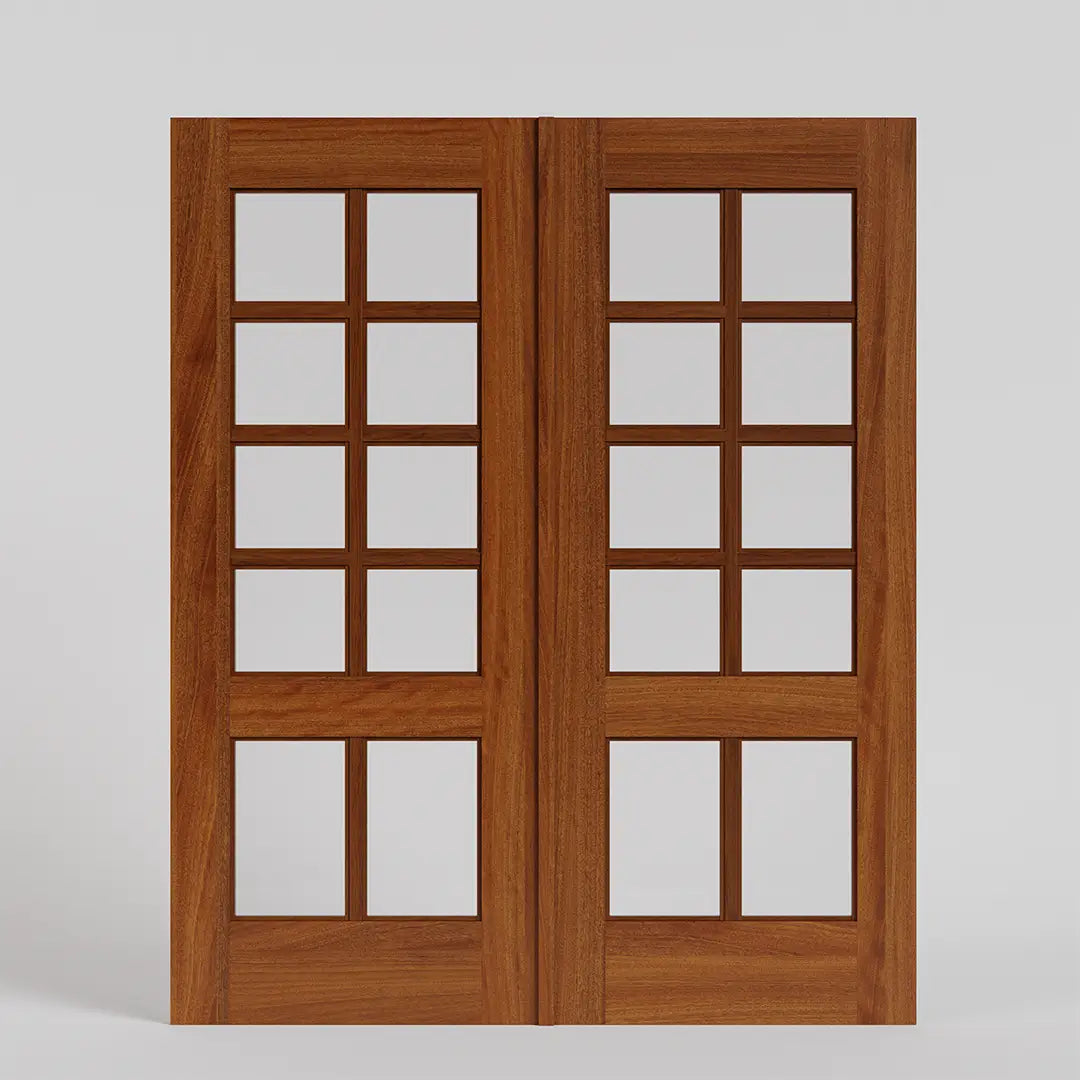
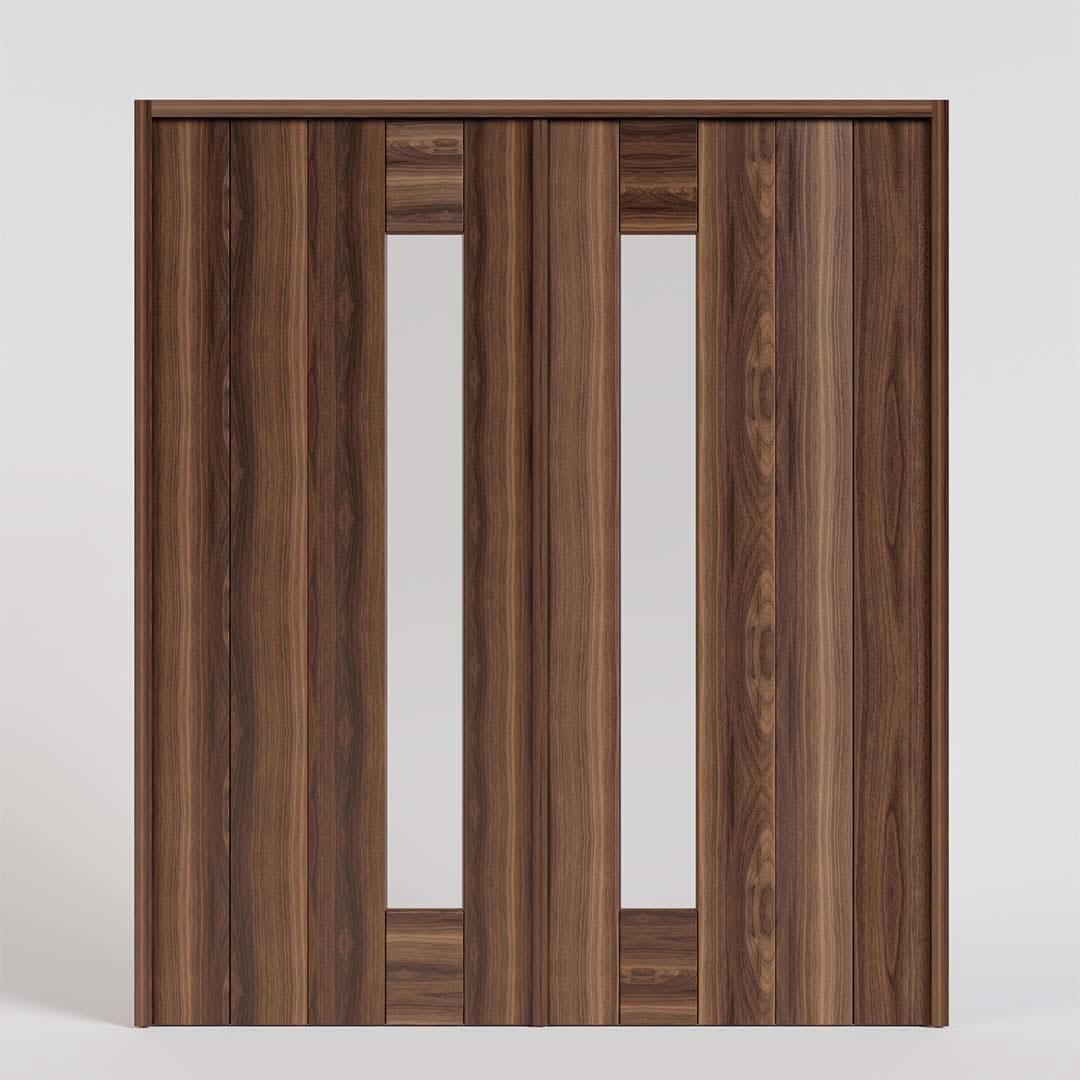
Leave a comment (all fields required)